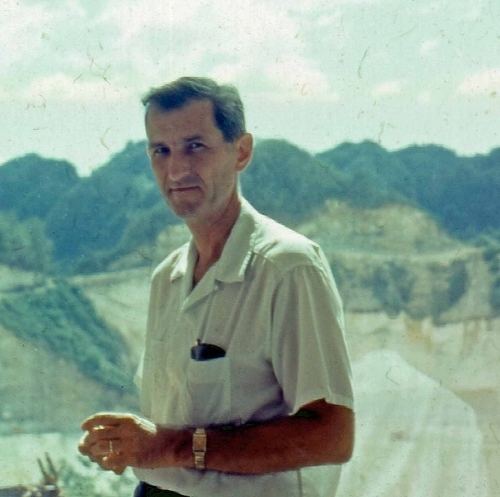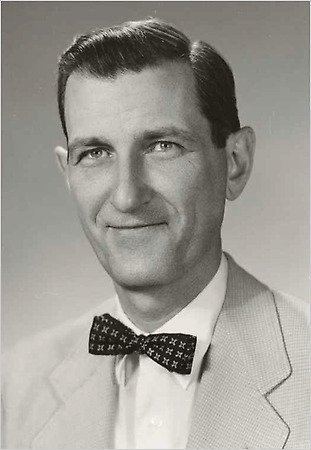Nationality American Role Physicist Name William Gordon | ||
 | ||
Born William Edward GordonJanuary 8, 1918Paterson, New Jersey, U.S. ( 1918-01-08 ) Institutions Cornell UniversityArecibo ObservatoryRice University Doctoral students Herbert C. Carlson, Richard A. Behnke, David Coco, Anthea Coster, Frank Djuth, Lewis Duncan, Daniel Fleisch, Alfred Frey, Robert M. Harper, Zhong-hao Huang, Ivan Kantor, Steve Noble, Vincent B. Wickwar Awards Guggenheim Fellowship for Natural Sciences, US & Canada Fields Engineering, Space Science, Astronomy | ||
AstroNight: Pinging space rocks at the Arecibo Observatory
William Edwin Gordon (January 8, 1918 – February 16, 2010) was a physicist and astronomer. He is referred to as the "father of the Arecibo Observatory".
Contents

The William E. Gordon Papers range in date from 1947 to 1994, inclusive (bulk 1975–1990), and arranged in three series: Material in the collection includes publications and research reports (many of which concern findings from research conducted at the Arecibo Ionospheric Observatory in Puerto Rico), talks and lectures, reprints, office files, and alphabetical subject files, which include records of professional organizations and activities in which Dr. Gordon participated.
Biography
He was born in Paterson, New Jersey on January 8, 1918, he received a Ph.D. degree in Electrical Engineering from Cornell University in 1953. He was a faculty member at Cornell University from 1953 to 1965. He joined the faculty of Rice University in 1966, serving as Dean of Science and Engineering, Dean of Natural Sciences, and Provost and Vice President.
Gordon wanted to study the properties of the Earth's upper atmosphere, the ionosphere, and thought that he could use a radar system to measure the density and temperature in this difficult-to-study atmospheric region. His calculations indicated that an antenna approximately 305 meters (1,000 ft) in diameter would do the job, but would be far too expensive to build using existing designs for radio and radar antennas. He designed the massive radar / radio telescope and oversaw its construction in the karst foothills just south of Arecibo, Puerto Rico. At its fortieth anniversary, it was named both a "Milestone in Electrical Engineering and Computing" and also a "Mechanical Engineering Landmark"
He served as the Director of the resultant Arecibo Ionospheric Observatory from 1960 to 1965. Encouraged by work at the Platteville Atmospheric Observatory, Gordon was influential in getting an ionospheric heater built at Islote, about 30 km from the Arecibo Observatory, which operated until 1998 when it was destroyed by Hurricane Georges.
In 1966 he moved to Rice University to become Dean of Science and Engineering and a faculty member of both the Department of Space Science (later Space Physics and Astronomy) and the Department of Electrical and Computer Engineering. He subsequently served as Vice President and Provost. He guided 12 doctoral dissertations while serving as administrator.
He retired in 1986 to become Distinguished Professor Emeritus of Space Physics and Astronomy and of Electrical and Computer Engineering at Rice University. He was a member of many respected professional and academic societies, including the National Academy of Sciences (since 1968) and National Academy of Engineering (since 1975). In 1984 Gordon was awarded the Arctowski Medal from the National Academy of Sciences. He was a Fellow of the American Academy of Arts and Sciences, (since 1986).
He died in Ithaca, New York on February 16, 2010 at the age of 92.
